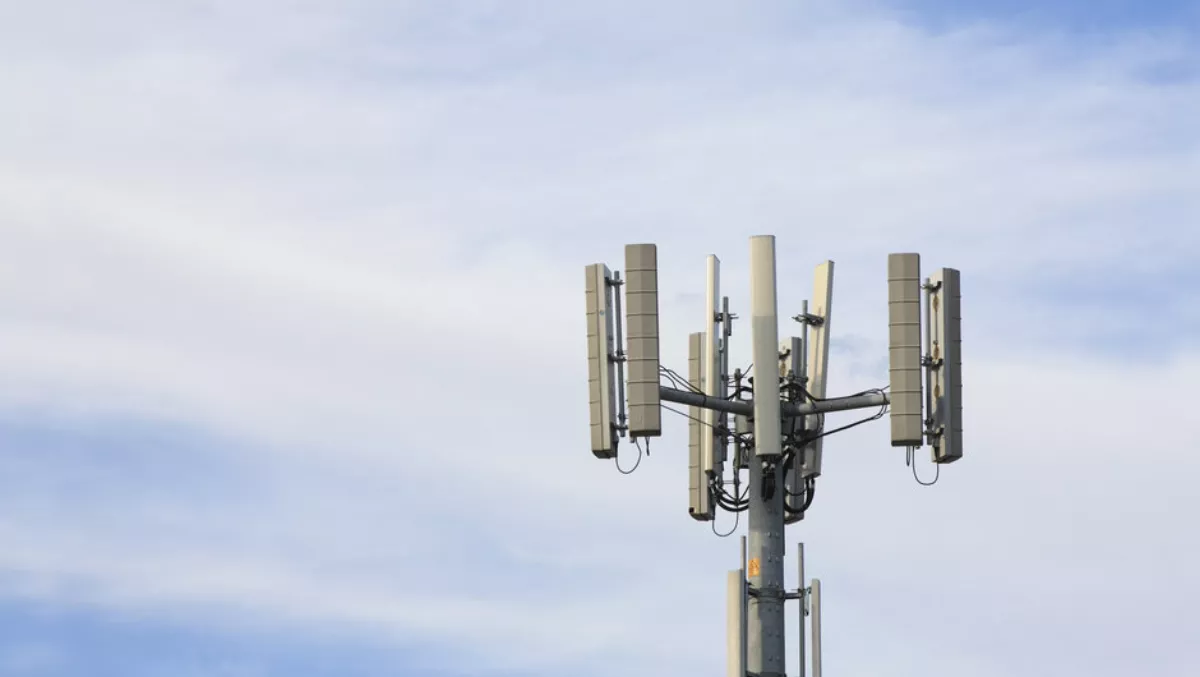
SingleRAN Pro: Combining simplicity and openness for a 5G future
Huawei's SingleRAN Pro solution supposedly offers an open, simplified networking concept to help operators roll out commercial 5G networks with speed and prosper.
The 5G game is well and truly on. Nations around the globe are fast-tracking the commercialisation of their 5G networks and distributing spectrum as more and more devices become 5G-capable.
The first major change in consumers' daily lives will be Enhanced Mobile Broadband (eMBB), which will lead the industry digital transformation. With 5G networks serving as infrastructure for information and communications, technology companies will need to futureproof and capable of responding to societal needs.
Operators need to act quickly and efficiently to meet current demand, whilst ensuring networks are flexible and adaptive to rise to future challenges. SingleRAN Pro aims to streamline the upgrade to integrated networks to allow for quick 5G deployment through 'simplified sites', 'simplified networks' and 'simplified operations and maintenance'.
Simplified Sites
For large outdoor sites, Huawei is launching the Super Blade Site solution, which uses a unique Application Specific Integrated Circuit (ASIC) chip design to improve integration and allows for a larger-bandwidth, multi-channel 5G base stations which can be lighter and smaller in size, whilst delivering a larger capacity. It uses a 1+1 antenna to lay the foundations for 5G development and outdoor modular design that makes Super Blade Site ideal for greenfield macro sites, rooftops, and new poles.
The simplified sites make construction less complex and slash the total costs of operation (TCO). For smaller indoor cells, there is also the 5G LampSite which uses digital indoor system (DIS) architecture for faster cell deployment.
Simplified Networks
CloudAIR, SuperBAND and Massive MIMO will supposedly simplify full-service 4G network construction and commercial 5G deployment to offer combined 4G and 5G networks over the next decade. CloudAIR will help gradually phase out 2G and 3G networks and supports concurrent 4G and 5G services across shared spectrum bands to avoid conflicts between the different network generations. SuperBAND and Massive MIMO upgrade 4G to offer a 5G-like experience and are both 5G-ready.
Simplified Operations and Maintenance
There are five levels of mobile network automation. The current technology is at around Level 2 and is expected to graduate to Level 3 by 2022.
Huawei's MBB Automation Engine (MAE) and super base stations aim to support this automation and make network maintenance more application-focused, automatically encapsulating complex content such as network configurations, optimisation and maintenance.
Allowing for operations and maintenance to be 10 times more efficient while improving service provision five-fold and boosting network performance by 20%.
SingleRAN Pro also makes 5G networks more open and agile for future success via 'open sites', 'open networks' and 'open ecosystems'.
Open Sites
Traditional communication base stations are deployed in cabinets, but to ensure space for more 5G sites in the future, modern stations must be able to utilise an array of site resources.
The first step towards this is switching out cabinets for modular designs and unified physical installation interfaces, so sites can be easily combined.
Huawei plans to share its design standards for interfaces, heat dissipation and traditional site weights to third parties -- such as lamp pole suppliers, tower companies and the public sector -- who can then design their own services based on the standards. This will allow for scheduled resource use, resulting in reduced site costs. Open sites will also have access to social resources through the re-use of existing sites, such as wooden poles.

